For mobile phone manufacturers, choosing carriers as channel partners is a major decision. There are many channel conflicts in the manufacturer/carrier relationship. This post explores that relationship through a comparison of two options available for manufacturers: exclusivity with a single carrier or availability through multiple carriers. Then I will discuss why I think Nokia’s flagship Lumia’s Canadian launch with a single carrier (Rogers) is flawed.
Benefits (of single carrier strategy)
– Higher negotiating power for manufacturer because carriers gain from 1) increase in subscribers attracted by the exclusive offering, 2) satisfying current customers, 3) facing less competition in the rate the carrier charges for phone plans with the exclusive phone. The manufacturer can in turn negotiate for:
- Better promotion of the phone on television, print ads, and website
- Greater carrier support through stores and greater willingness for carriers to train employees on the product because it is exclusively offered
- Higher subsidy of phone
– Generate pent up demand for consumers who would like the phone but are unwilling to switch carriers for possible future phones or when the exclusivity contract expires
– More exclusivity and less likelihood for phone to be dismissed as another commodity offering
Negatives (of single carrier strategy)
– Loss of sales from people unwilling to switch carriers
– Increase risk and dependence on carrier to execute successful promotion and sales of the phone
– Reach and educate less people on the product by taking the phone out of consideration when carriers offer phone upgrades
Case study: Nokia Lumia 920
Nokia chose an exclusivity agreement through Rogers for its flagship Lumia 920 launch. I propose the execution of this strategy is flawed for a single reason: Rogers is not promoting the Lumia well.
The case for Nokia’s strategy for exclusivity with Rogers:
– Rogers is the largest out of Canada’s 3 large wireless carriers, accounting for 35% market share along with its subsidiary Fido which effectively reduces the number of marketplace contacts for Nokia
– Rogers, along with Telus and Bell, offer LTE support and technology to operate the Lumia fully
– Rogers has had the lowest monthly churn rate of the big 3 carriers for the last 3/5 years
– Exclusivity arrangement with a single carrier can build excitement for the Lumia 920 and Windows 8 OS by differentiating the phone which benefits Nokia which has yet to succeed in entering the high-end smartphone market
The case against exclusivity with Rogers:
– Based on the website, Rogers is acting in its own interests to focus the promotion on Windows 8 OS rather than the Nokia Lumia, which is one of two phones available (the other being an HTC phone)
- The HTC phone is similar looking to the Lumia, the Rogers website does not differentiate at all between the two
- Rogers has a benefit in promoting the operating system rather than the phone because introducing a successful third OS will reduce the bargaining power of Apple (has monopoly over Apple OS) and potentially Samsung
- By diverting loyalty away from the manufacturer (Nokia in this case), Rogers reduces the bargaining power of the manufacturer in favor of the carrier – the carrier can then bargain to pay less subsidies to the manufacturer
In conclusion: Nokia’s strategy in Canada with its Rogers exclusive Lumia 920 launch would have benefited from better contracts regarding co-marketing of the phone. Furthermore, while the Lumia is exclusive, the HTC 8x Windows Phone is not and given this Nokia will likely lose any demand build up as consumers unwilling to switch carriers will chose the HTC 8x.
*Wireless carrier data from CRTC’s annual communications report for 2012: http://www.crtc.gc.ca/eng/publications/reports/policymonitoring/2012/cmr2012.pdf
*Other data from Rogers, Telus, Bell annual reports and websites.



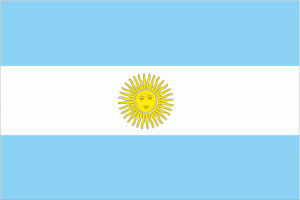

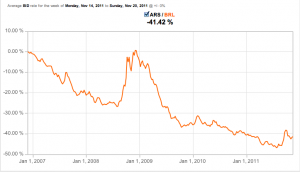

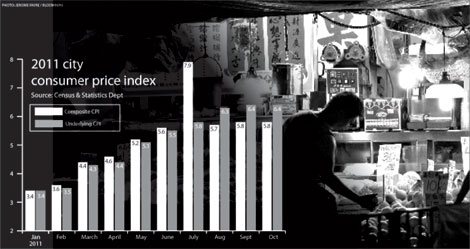
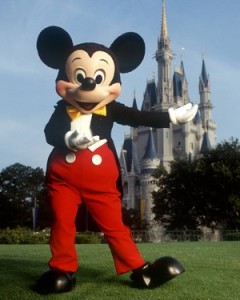


 Featuring high class street wear, “fusing the lifestyles of the eastern and western worlds… Private stock products signify true distinction and exclusivity: custom weaved Japanese denim, hand-polished Brazilian leather bags, Swiss-made compacted movement watches, Italian cashmere jackets”.
Featuring high class street wear, “fusing the lifestyles of the eastern and western worlds… Private stock products signify true distinction and exclusivity: custom weaved Japanese denim, hand-polished Brazilian leather bags, Swiss-made compacted movement watches, Italian cashmere jackets”.